Nepal plans to minimise the congestion of climbers near the 8,850m (29,035ft) summit of Mount Everest, which is clogged with scores of climbers during the short window of good weather, officials said on Monday.
One of the initiatives includes introducing separate fixed ropes for climbers ascending and descending near the summit to help ease the traffic, said a tourism ministry official, Mohan Krishna Sapkota.
A team of government oOfficials will be posted at the base camp located at 5,300m (17,380ft) throughout the spring climbing season to monitor climbers and co-ordinate with expedition leaders, he said.
The move follows years of criticism that Nepal has done little to manage the growing number of Everest climbers despite making millions of dollars in fees.
A nine-member government team will set up its own tent at the base camp to report on the activities there, provide help when needed and ensure that climbers are cleaning up behind them. They would also be able to stop any trouble, like last year's brawl between three foreign climbers and local Sherpa guides.
The officials would include security personnel and would have the power to cancel the climbing permit and even order the climbers to leave the mountain.
Sapkota said the plan was to manage the flow of climbers working with expedition teams during the two or three opportunities in May when the weather is favourable for the climb above the South Col at 8,000m (26,240ft). Climbers refer to it as the "death zone" because of the hostile conditions and little chance of rescue.
The separate ropes would allow the climbers returning from the summit to quickly get back to lower grounds to rest while they would not be blocking fellow climbers on the way to the summit.
More than 800 climbers attempted to scale Everest during the 2013 spring season and the number is expected to be similar this year too, according to the mountaineering department.
More than 4,000 climbers have scaled the summit since 1953, when it was first conquered by the New Zealand climber Edmund Hillary and his Sherpa guide Tenzing Norgay. Hundreds of others have died in the attempt.

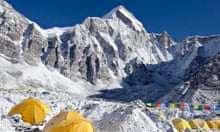
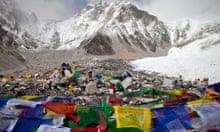

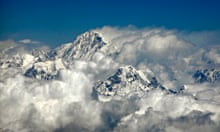
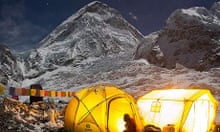
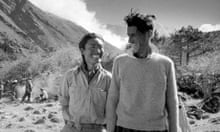
Comments (…)
Sign in or create your Guardian account to join the discussion